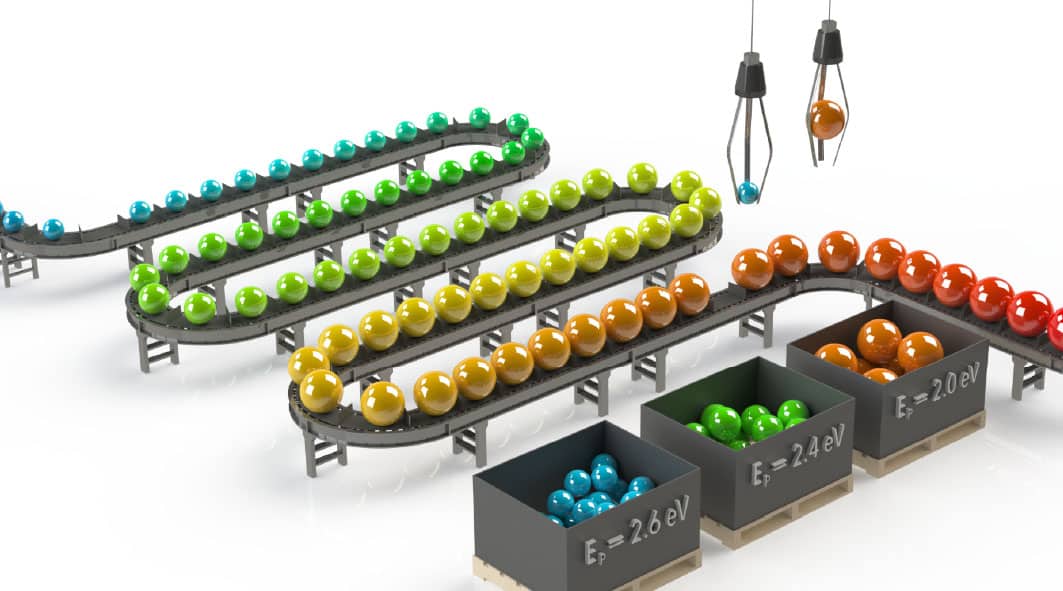Sampling, Lab Capacity Could be Weak Links in African Swine Fever Outbreak

For Immediate Release
A new model looked at the numbers associated with detecting and containing a potential African swine fever virus (ASFV) outbreak in the U.S. and found that sampling and laboratory capacity are areas of concern – particularly in areas with dense swine farm populations – when samples are tested within the state.
ASFV is a highly contagious viral disease in pigs, with a mortality rate that can reach 100%. Infected pigs may not show symptoms before they die, potentially allowing the virus to spread before it is detected. The cost of a potential ASFV outbreak in the U.S. has been estimated at $80 billion.
“The key to managing an ASFV outbreak is in testing and containing the infection,” says Jason Galvis, research scholar at North Carolina State University. “But in areas with dense farm populations, getting the tests done in a timely way may be difficult. We looked at the current protocols and modeled what might happen during an outbreak.”
During an outbreak, health officials must travel to farms and collect blood samples which are sent to labs for testing. To eliminate the possibility that the sample takers could carry the disease from farm to farm, they must wait 72 hours between sampling visits.
The model, PigSpread, used population and movement data from one densely populated swine state to simulate the spread of ASFV in both large and small outbreak scenarios. Overall, the model generated a median of 27 outbreaks in 150 days. For the median outbreak scenario, blood and oral samples had to be taken from pigs in over 3,000 barns.
Assuming that 31 samples per barn are necessary for the surveillance of ASFV, and given downtime requirements for samplers, the lowest number of personnel needed to get samples without delaying the process varied between 136 and 367, but this number could increase to between 833 and 3,115 in large epidemic scenarios. Overall, the researchers estimated that in 50% of the outbreak scenarios, at least 238 sample collectors would be required to do the job.
Laboratory capacity was also a concern, as only specific labs have the ability to process these samples. The model capped daily laboratory capacity in the study area at 1,000 samples per day. The median delay for processing without sample pooling was 92 days, which went up to a maximum of five years in the worst scenarios. Sample pooling combines samples from one barn into one test, and that sample is tested first. If that pooled sample is negative, all members of the pool can be given a negative result.
The researchers noted that potential mitigating factors, such as reducing downtime for samplers from 72 to 24 hours and utilizing oral samples in addition to blood samples did decrease the sampling time, and pooling samples relieved some of the pressure on laboratories. However, the feasibility of those approaches would need to be evaluated further, as, for example, there are still questions surrounding the effectiveness of oral sampling.
“While there are limitations to the model, the main takeaway is that we need to look closely at our current sampling strategies to enhance our preparedness before an outbreak,” Galvis says.
The work appears in Preventive Veterinary Medicine and is supported by the U.S. Department of Agriculture’s (USDA) Animal and Plant Health Inspection Service under award AP23VSSP0000C088. Galvis and NC State Ph.D. student Muhammed Satici are co-first authors of the work. Gustavo Machado, assistant professor of population health and pathobiology at NC State’s College of Veterinary Medicine, is the corresponding author. Former NC State Ph.D. student Abagael Sykes, and Kathleen O’Hara and Lisa Rochette, both with the USDA, also contributed to the work.
-peake-
Note to editors: An abstract follows.
“Estimating sampling and laboratory capacity for a simulated African swine fever outbreak in the United States”
DOI: 10.1016/j.prevetmed.2025.106529
Authors: Jason A. Galvis, Muhammed Y. Satici, Abagael L. Sykes, David Roberts, Gustavo Machado, North Carolina State University; Kathleen O’Hara, Lisa Rochette, U.S. Department of Agriculture
Published: April 3, 2025 in Preventive Veterinary Medicine
Abstract:
The introduction of African swine fever virus (ASFV) into uninfected countries can impact economic and animal welfare. Rapid detection and control of the outbreak contribute to successful eradication and promote business continuity. We developed a model to determine the number of samples, sample collectors, laboratory capacity, and processing times following an ASFV introduction into the U.S. We simulated the spread of ASFV in one densely populated swine state, generating a median of 27 (range = 1–68) outbreaks in 150 days, resulting 616 (range = 1–15,011) sampling events with a total of 3068 (range = 7–69,118) barns sampled. We calculated the total sample collectors needed, considering daily working hours, sampling and driving time, and laboratory capabilities with and without blood sample pooling. Samples included 31 blood samples and five oral fluid samples per barn, which equal 84,830 (range = 52–2066,831) and 14,195 (range = 10–345,590) blood and oral fluid samples, respectively. The median number of sample collectors needed to prevent sampling delay varied from 136 to 367 and, in the worst epidemic scenarios, from 833 to 3115. Notably, excluding downtime–which prevented the sampler from visiting additional farms for 24 or 72 h–reduced the number of sample collectors needed between 28 % and 75 %, while switching from blood to oral fluid samples reduced this number between 47 % and 75 %. At a laboratory processing daily capacity of 1000 samples, the median days for sample processing without pooling were 92 days, with a maximum of 5.7 years. We demonstrated a need to redistribute 10,062 (range = 2–67,940) unprocessed samples daily to other laboratories to prevent processing delays. Our study addresses the challenge of efficiently organizing resources for managing a potential ASFV outbreak, providing information about the number of sample collectors and laboratory capacity needed for one densely populated swine region in the U.S.


